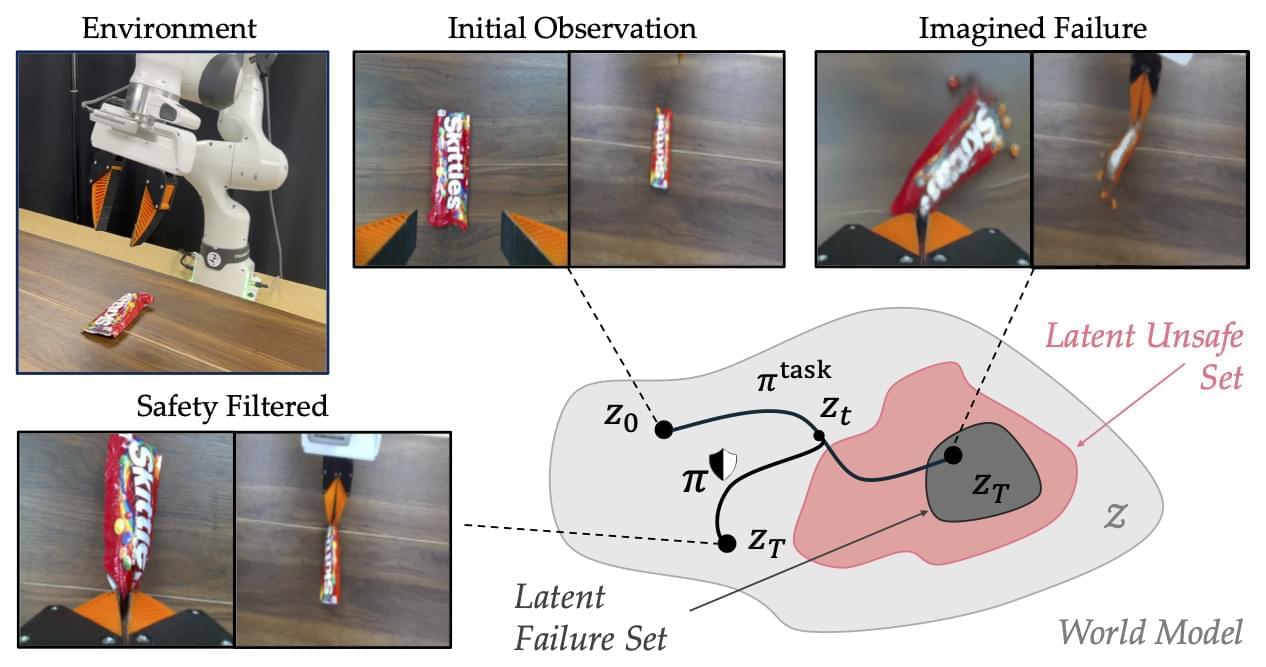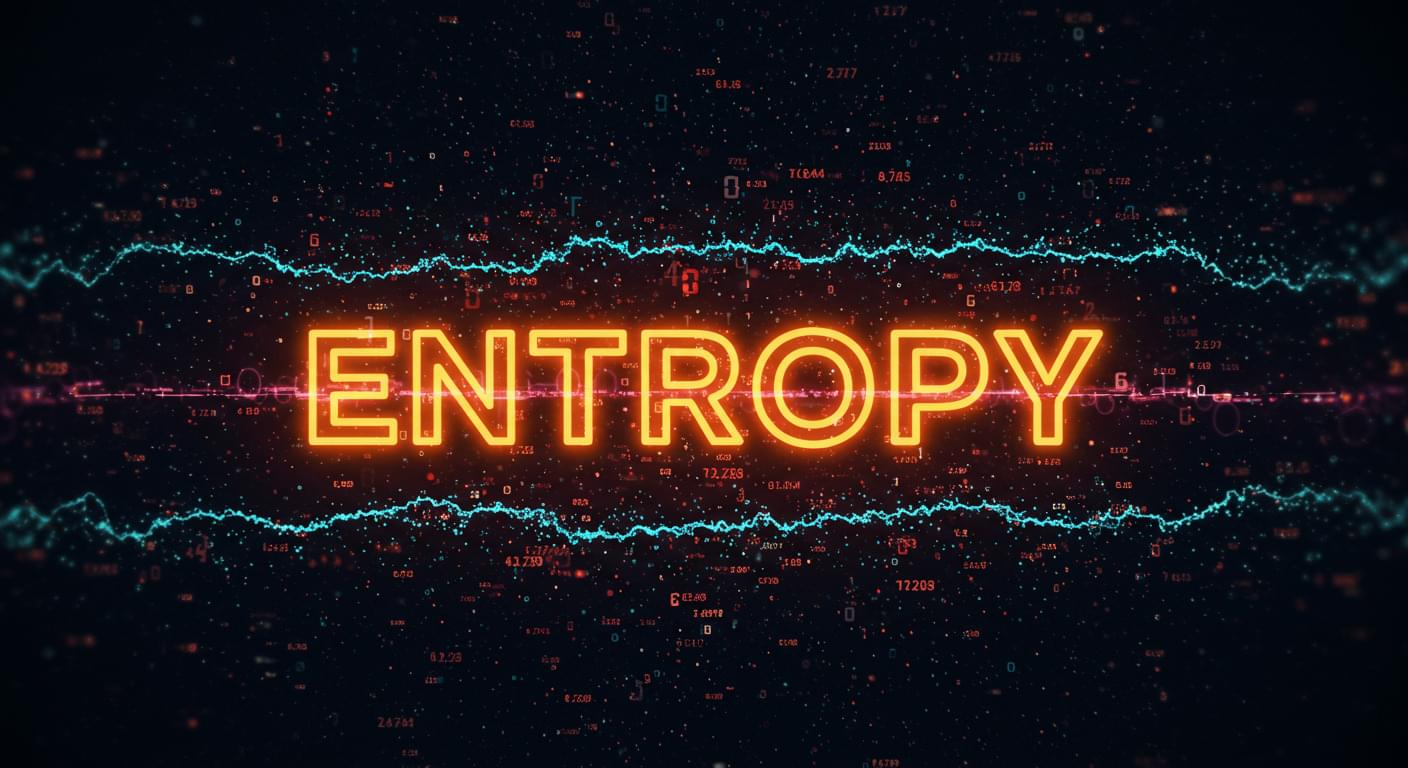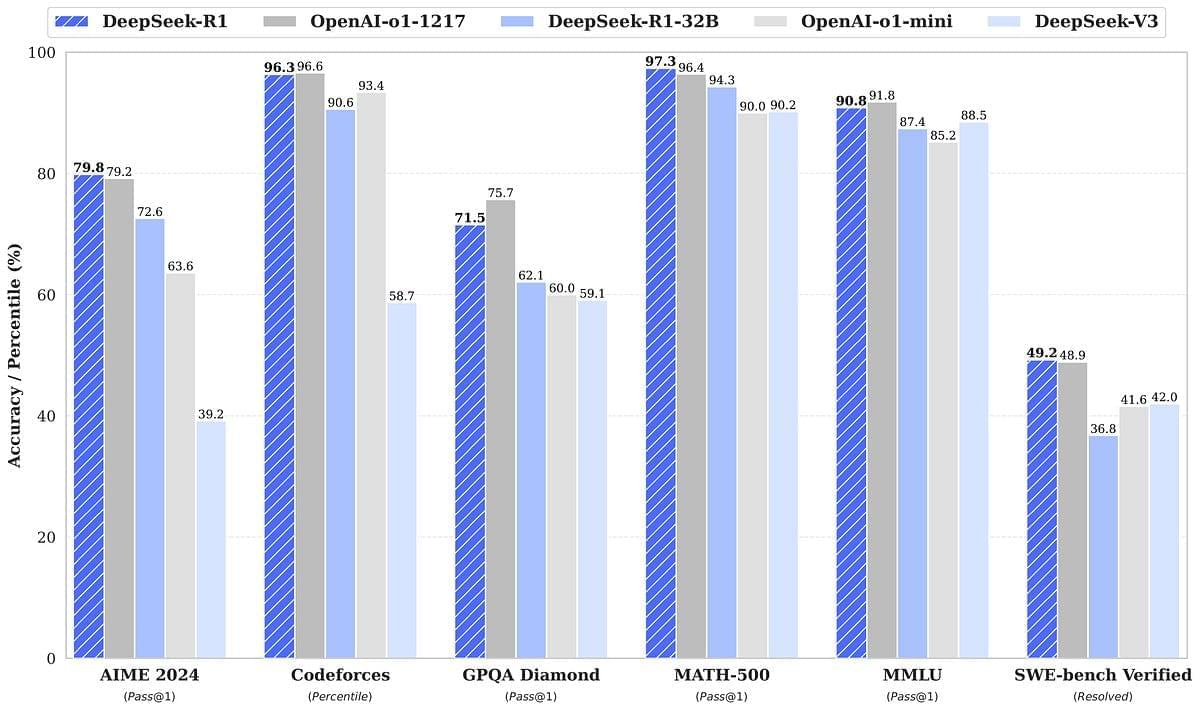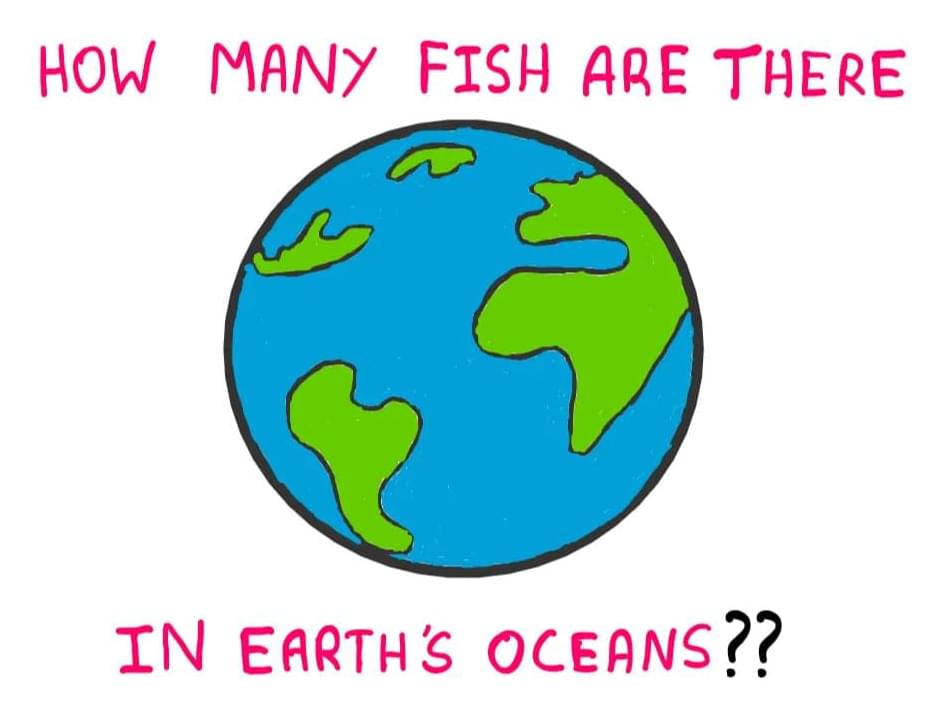For over 2,000 years, mathematicians believed a purely trigonometric proof of Pythagoras’ theorem was impossible. But two high school students from Louisiana may have just changed that. Their unexpected discovery has sparked debate among experts—and could reshape how we understand geometry.
Category: mathematics – Page 10
Hamilton-Jacobi (HJ) reachability is a rigorous mathematical framework that enables robots to simultaneously detect unsafe states and generate actions that prevent future failures. While in theory, HJ reachability can synthesize safe controllers for nonlinear systems and nonconvex constraints.
In practice, it has been limited to hand-engineered collision
Avoidance constraints modeled via low-dimensional state-space representations and first-principles dynamics. In this work, our goal is to generalize safe robot controllers to prevent failures that are hard—if not impossible—to write down by hand, but can be intuitively identified from high-dimensional observations:
In today’s AI news, Google launched its much-anticipated new flagship AI model, Gemini 2.0 Pro Experimental, on Wednesday. The announcement was part of a series of other AI model releases. The company is also making its reasoning model, Gemini 2.0 Flash Thinking, available in the Gemini app.
In other advancements, LinkedIn is testing a new job-hunting tool that uses a custom large language model to comb through huge quantities of data to help people find prospective roles. The company believes that artificial intelligence will help users unearth new roles they might have missed in the typical search process.
S Deep Research feature, which can autonomously browse the web and create research reports. ‘ + s up from hitting $50 million ARR, or the yearly value of last month s case for why they are the best positioned to take over TikTok And, in this episode, a16z Partner Marc Andrusko chats with Mastercard’s Chief AI and Data Officer Greg Ulrich about Mastercard’s long history of using AI, the opportunities (and potential risks) associated with integrating generative AI into fraud detection, determining what tech to employ based on use cases, and the best advice he’s ever gotten.
Then, power your AI transformation with an insightful keynote from Scott Guthrie, Executive Vice President, Cloud + AI Group at Microsoft, and other industry experts. Watch this keynote presentation from NYC stop on Microsoft’s AI Tour.
We close out with this insightful discussion with Malcolm Gladwell and Ric Lewis, SVP of Infrastructure at IBM. Learn how hardware capabilities enable the matrix math behind large language models and how AI is transforming industries—from banking to your local coffee shop.
Thats all for today, but AI is moving fast — like, comment, and subscribe for more AI news! Please vote for me in the Entrepreneur of Impact Competition today! Thank you for supporting my partners and I — it’s how I keep Neural News Network free.
[](https://open.substack.com/pub/remunerationlabs/p/google-laun…hare=true)
A tool developed by Keele University researchers has been shown to help detect fake news with an impressive 99% level of accuracy, offering a vital resource in combating online misinformation.
The researchers Dr. Uchenna Ani, Dr. Sangeeta Sangeeta, and Dr. Patricia Asowo-Ayobode from Keele’s School of Computer Science and Mathematics, used a number of different machine learning techniques to develop their model, which can scan news content to give a judgment of whether a news source is trustworthy and genuine or not.
The method developed by the researchers uses an “ensemble voting” technique, which combines the predictions of multiple different machine learning models to give an overall score.
Emmy Noether was hailed as a mathematical genius in her own time. And her theorem on symmetry is still driving new discoveries in particle physics and quantum computing today.
By John Gribbin and Mary Gribbin.
So-called Rayleigh–Bloch waves can release an enormous amount of energy that can damage technical systems under certain circumstances. They only exist below a precisely defined cut-off frequency; above this, they disappear abruptly. Strangely enough, however, there are isolated high frequencies at which they can also be detected.
Mathematicians from the Universities of Augsburg and Adelaide have recently proposed an explanation for this puzzling phenomenon. Together with researchers from the University of Exeter, they have now been able to prove experimentally that their theory is indeed correct. The study has just been published in the journal Communications Physics.
Suppose you had a gigantic barbecue grill that could easily accommodate several hundreds of sausages. Then, you could not only use it to invite your children’s entire school to a barbecue. The numerous stainless steel struts aligned parallel to each other are also ideal for generating Rayleigh–Bloch waves.
The fundamental principles of thermodynamics have long been a cornerstone of our understanding of the physical world, with the second law of thermodynamics standing as a testament to the inexorable march towards disorder and entropy that governs all closed systems. However, the realm of quantum physics has traditionally appeared to defy this notion, with mathematical formulations suggesting that entropy remains constant in these systems.
Recent research has shed new light on this seeming paradox, revealing that the apparent contradiction between quantum mechanics and thermodynamics can be reconciled through a nuanced understanding of entropy itself. By adopting a definition of entropy that is compatible with the principles of quantum physics, specifically the concept of Shannon entropy, scientists have demonstrated that even isolated quantum systems will indeed evolve towards greater disorder over time, their entropy increasing as the uncertainty of measurement outcomes grows.
This breakthrough insight has far-reaching implications for our comprehension of the interplay between quantum theory and thermodynamics, and is poised to play a pivotal role in the development of novel quantum technologies that rely on the manipulation of complex many-particle systems.
The Potential Existence of Paraparticles, Once Considered “Impossible,” Now Mathematically Proven
Posted in computing, information science, mathematics, particle physics, quantum physics | Leave a Comment on The Potential Existence of Paraparticles, Once Considered “Impossible,” Now Mathematically Proven
For decades, the realm of particle physics has been governed by two major categories: fermions and bosons. Fermions, like quarks and leptons, make up matter, while bosons, such as photons and gluons, act as force carriers. These classifications have long been thought to be the limits of particle behavior. However, a breakthrough has recently changed this understanding.
Researchers have mathematically proven the existence of paraparticles, a theoretical type of particle that doesn’t fit neatly into the traditional fermion or boson categories. These exotic particles were once deemed impossible, defying the conventional laws of physics. Now, thanks to advanced mathematical equations, scientists have demonstrated that paraparticles can exist without violating known physical constraints.
The implications of this discovery could be far-reaching, especially in areas like quantum computing. Paraparticles could offer new possibilities in how we understand the universe at its most fundamental level. While the discovery is still in its early stages, it provides a new tool for physicists to explore more complex systems, potentially unlocking new technologies in the future.
The real magic of Fermi problems lies in their imperfection. They remind us that it’s okay to be wrong — as long as you’re thoughtfully wrong. “There are no wrong answers,” says Funk. “It’s about the process.”
No single formula exists. Yet each problem invites the same approach: break it down, make realistic (or at least consistent) assumptions, and trust your critical thinking. “No Wrong Answers” is a common Fermi problem refrain because even if your math arrives at a slightly off result, you’ve shown how you reason. And that, ultimately, is the real answer.
So, the next time you’re faced with a seemingly impossible question — whether it’s How many grains of sand are on all the world’s beaches? or How long would it take to drive to the moon? — grab a napkin and a pen. Start breaking it down. Make some guesses. Do some math. You might just surprise yourself with how close you can get.









